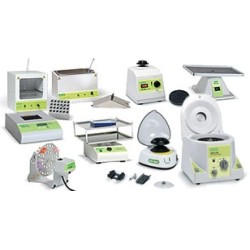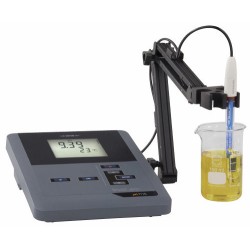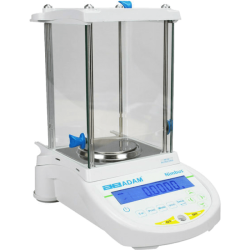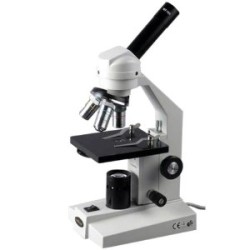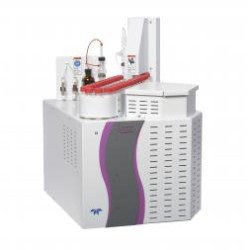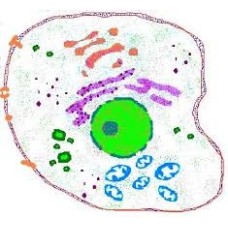Simple Cell
A simple cell in the primary visual cortex is a cell that responds primarily to oriented edges and gratings (bars of particular orientations). These cells were discovered by Torsten Wiesel and David Hubel in the late 1950s.
The UV cabinet works by using UV irradiation as an effective sterilizer to break down the DNA sequences so that replication cannot occur in a consequent amplification process. You can use them to provide a contamination free environment for PCR as well as to sterilize equipment for PCR experiments.
Such cells are tuned to different frequencies and orientations, even with different phase relationships, possibly for extracting disparity (depth) information and to attribute depth to detected lines and edges[citation needed]. This may result in a 3D 'wire-frame' representation as used in computer graphics.
The fact that input from the left and right eyes is very close in the so-called cortical hypercolumns is an indication that depth processing occurs at a very early stage, aiding recognition of 3D objects




